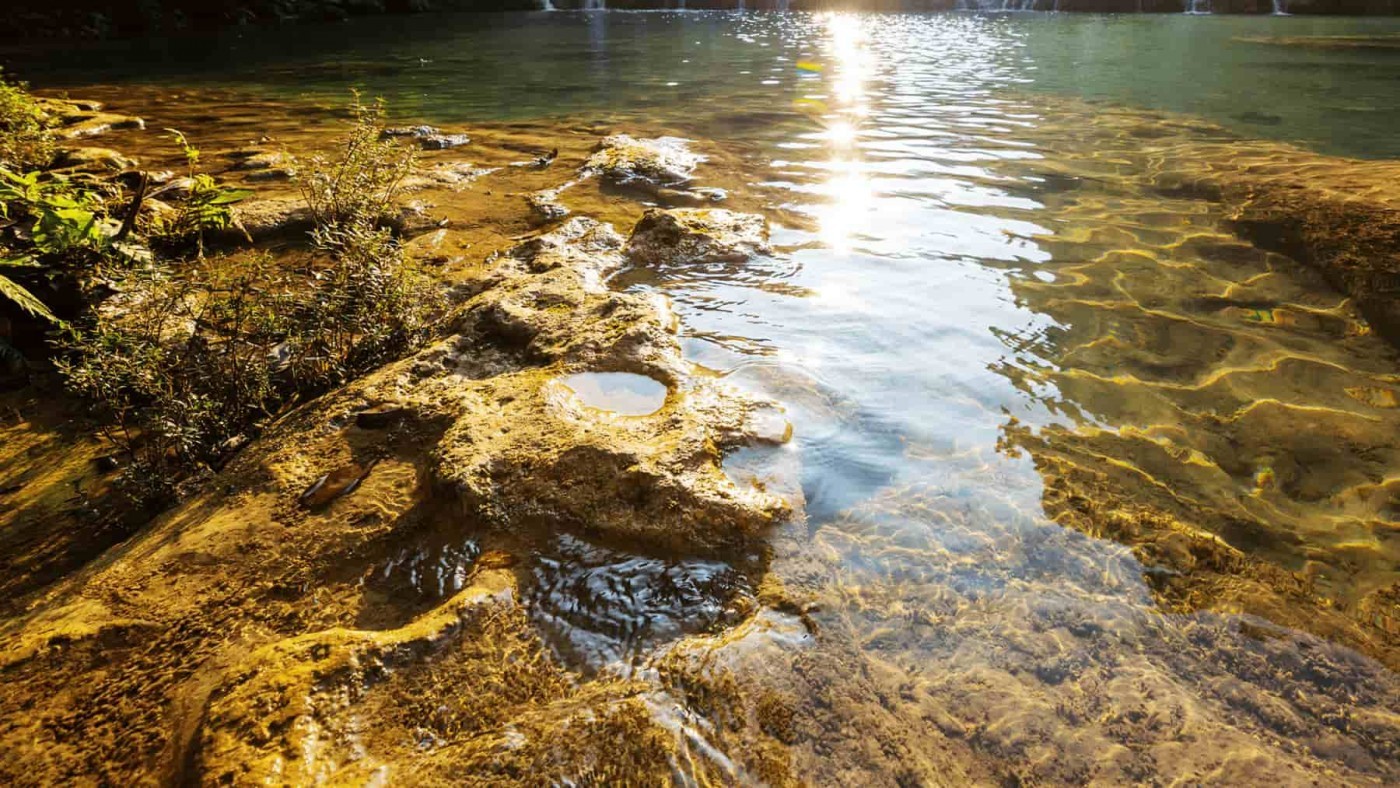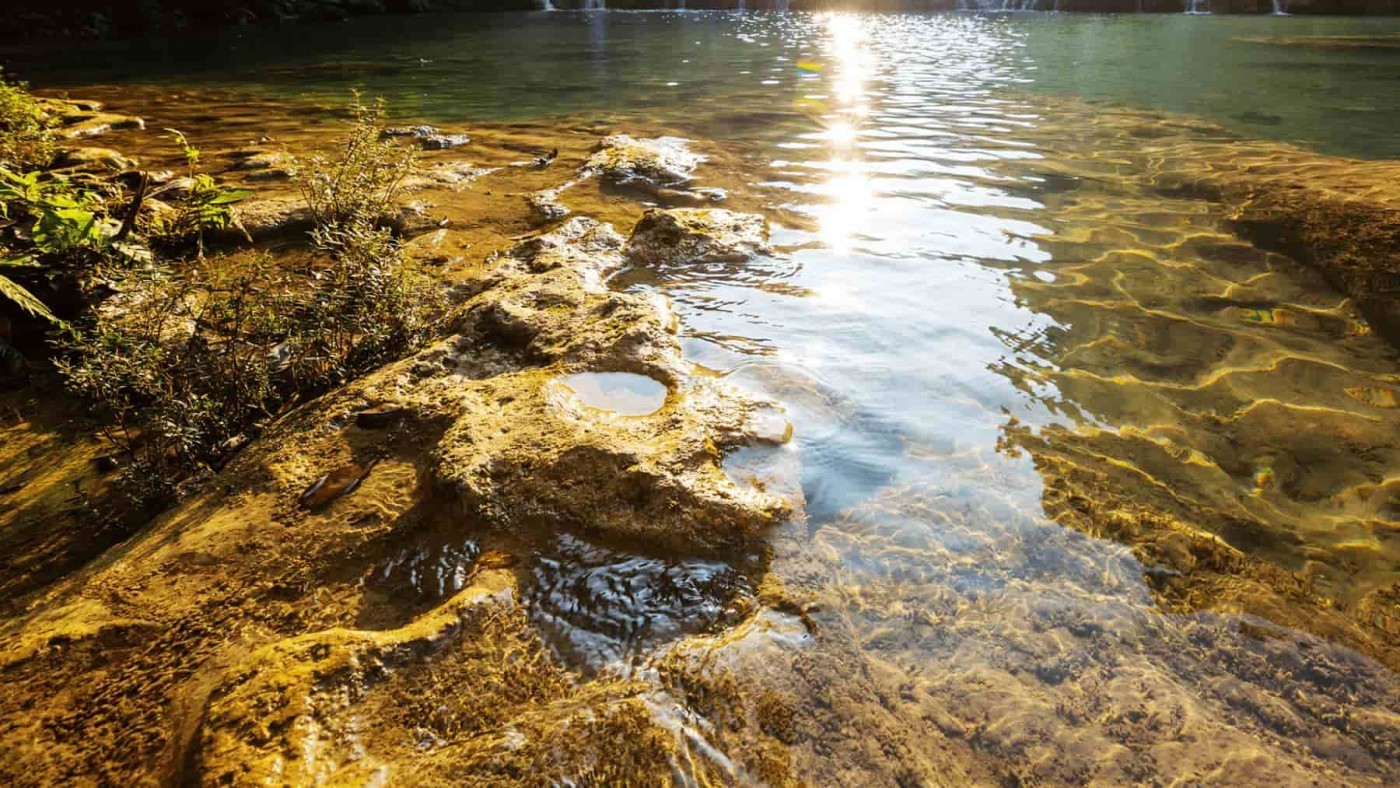The Niagara Peninsula Conservation Authority (NPCA) has issued the following statement to provide clarity on the organizational role in climate change.
What is NPCA doing about climate change and extreme weather events?
The NPCA is one of 36 conservation authorities in Ontario that are taking the lead in building increased resiliency of our watersheds and protecting our communities from flood related hazards.
Managing on a watershed scale is inherently a proactive adaptive management approach. The NPCA undertakes watershed management programs such as the collection, analysis, and modelling of local climate and water data; flood and erosion management; (including enhancing and protecting natural green infrastructure); source water protection; and community stewardship. This critical role is strengthened by the fact that NPCA owns and manages four flood control and prevention infrastructure (e.g., dams) and stewards approximately 2500 ha of critical greenspace in the Region. These NPCA programs have already resulted in building resiliency of Niagara Region’s rivers, lakes, and greenspaces.
NPCA continues to actively pursue the acquisition of unique and pristine lands, with the goal of managing and maintaining these lands in their natural state, which serves as an important source for carbon sequestration as well as provides critical public greenspace for community wellbeing and health. This is further enhanced through the implementation of reforestation and naturalization projects.
NPCA is relentless in advancing its effort to protect our communities against floods. The organization’s Flood Forecasting and Warning network is among the most advanced in the Province. Its singular purpose is to protect the public from the dangers of floods which are becoming increasingly common. The NPCA’s Water Quality Monitoring network is sophisticated and comprehensive in how it analyzes the impacts of climate change with respect to the quality of water within creeks and rivers and is being used to develop programs to target and improve the most degraded areas.
What did the NPCA accomplish in 2019 and where are we headed?
At the NPCA, we walk the talk! We are striving to engage our own staff and communities in raising awareness to advance regional and local action on climate change.
The NPCA Board, at their Meeting on July 17, passed a motion to declare a Climate Change Emergency “recognizing the need to take action that will contribute to the mitigation and adaptation of the effects of climate change throughout our watershed”.
The Board of Directors also supported a new NPCA Climate Change Vision and Charter and directed staff to develop a Business Case for 2020 funding support for the Draft Climate Change Strategy and Action Plan.
NPCA management supported our staff to attend the Global Climate Change Rally on September 27, 2019.
In 2019, through our revitalized restoration program, the NPCA planted approximately 50,000 trees and shrubs restoring 64 acres of forest, and 5.85 acres of wetland was created by engaging private land owners and partner agencies in land stewardship activities.
To support our partners, stakeholders, and communities, NPCA is committed to delivering on the following actions:
- build capacity to enhance the NPCA’s ability to monitor conditions within the Niagara Peninsula Watershed and identify the location of natural hazards;
- support our partners with best possible data and science to manage our natural resources;
- expand the floodplain mapping program to better identify flood hazard areas;
- protect and restore natural resources while also protecting communities with aging infrastructure;
- expand the revitalized Restoration Program to construct wetlands and plant forests which continues to serve to mitigate the impacts of climate change;
- utilize and expand the NPCA’s new App (Alertable) to notify residents of potential risks (flooding, high winds, storms, etc.) by targeting those living directly in impacted areas;
- enhance our public engagement program to build community awareness around flooding;
- strengthen our Planning and Permitting functions in order to better direct development away from natural hazards and balance a sustainable level of growth; and
- continue to work with our 35 conservation authority partners and Conservation Ontario to support responsible environmental policy and advocacy with the Province of Ontario regarding Bill 108 and future legislation.
In 2020, through our new Strategic Plan, we will further strengthen these commitments by developing a roadmap of our key climate priorities for 2021 and beyond.
How can you get involved with the NPCA to help make a difference?
Volunteers provide essential support to the programs, services and events of the NPCA, creating cost-savings that enables the organization to invest more funding into environmental initiatives. Last year, the NPCA was fortunate and grateful to have more than 1,350 members of the community step up to make a positive impact in their watershed.
You can join this growing team of volunteers and Partners in Conservation by registering here: https://npca.ca/conservation/volunteer. All ages and level of abilities are welcome.
To learn more about our mandate visit: https://npca.ca/about.
To read the 2018 NPCA Policy Document where it pertains to climate change, visit: https://npca.ca/administration/permits
LAND USE PLANNING AND REVIEW POLICY, page 102.
To learn more about Conservation Ontario’s position on climate change visit https://conservationontario.ca/policy-priorities/climate-change/.

